- Home | Industry Update | Textile Industry Of India Aims For Usd 65 Billion Exports By...
Textile Industry Of India Aims For Usd 65 Billion Exports By Fy26 With Domestic Market Targeting Usd 350 Billion By 2030

India’s textile sector is gearing up for a significant expansion, with textile exports projected to reach USD 65 billion by FY26, and the domestic market anticipated to grow to USD 350 billion by 2030, according to Invest India. These projections underline the transformative potential of the industry, driven by government support, foreign investments, and a strong focus on innovation and sustainability. The Indian textile market, valued at USD 165 billion in 2022, comprises USD 125 billion from domestic sales and USD 40 billion from exports. With a compound annual growth rate (CAGR) of 10%, the domestic market is expected to more than double by 2030. This growth is fueled by rising consumer demand, increased urbanization, and the burgeoning middle class.
India's reputation for high-quality, competitively priced textiles has made it a key player globally, catering to both traditional and modern markets. From handcrafted textiles to technical fabrics, the country’s offerings are vast and diverse. India has also established itself as a leader in technical textiles and personal protective equipment (PPE) manufacturing. The country is now the second-largest producer of PPE globally, with over 600 certified companies in the sector.
This market, valued at USD 52.7 billion in 2019, is expected to grow to USD 92.5 billion by 2025, highlighting India's role in addressing global health and safety needs. The technical textiles segment, encompassing products like geotextiles, medical textiles, and industrial fabrics, is seeing rapid adoption in both domestic and international markets. The textile industry is a cornerstone of India’s economy, providing direct employment to 45 million people and supporting an additional 100 million jobs in allied sectors. Cotton cultivation alone is a significant livelihood source for millions of farmers.
The industry’s labor-intensive nature makes it a critical contributor to India’s socio-economic development, particularly in rural areas. Moreover, the government's emphasis on skill development has ensured a steady supply of trained workers, further strengthening the sector's foundation. The government has played a pivotal role in boosting the textile sector. Policies like the Production Linked Incentive (PLI) Scheme and Mega Integrated Textile Region and Apparel Parks (MITRA) aim to attract investments and streamline operations. Foreign Direct Investment (FDI) in textiles has also seen an uptick, with global brands increasingly sourcing from India. This trend is expected to grow, given the favorable business environment and India’s commitment to meeting global quality standards.
03:08 PM, Dec 05
Other Related Topics

Mushroom Based Insulation Offers New Life for Europes Textile Waste
02:41 PM, Dec 25.webp)
Mild Winter Chills the Mood of Apparel Markets across North India
11:24 AM, Dec 25


.webp)

1.webp)

1.webp)




1.webp)

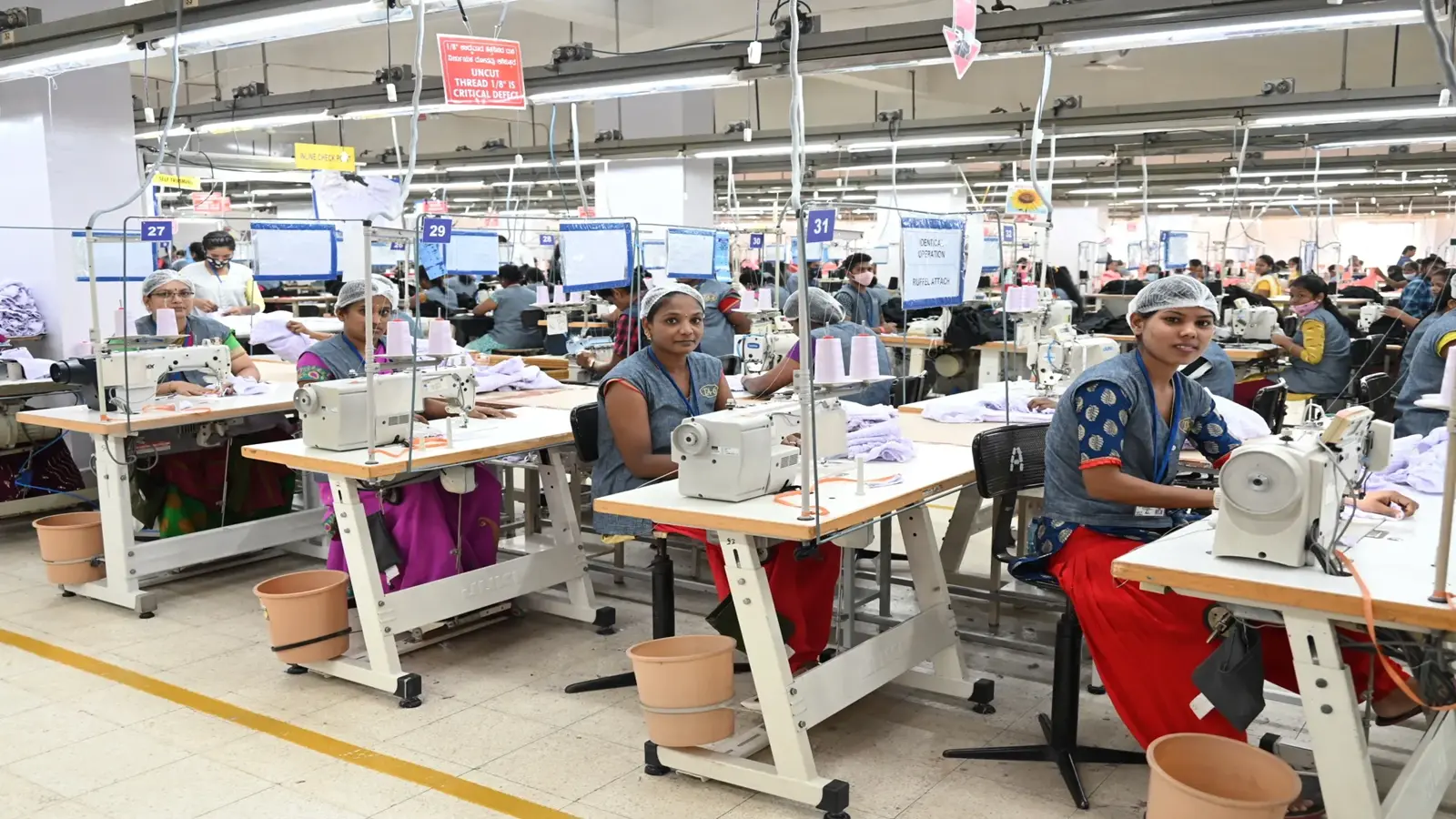

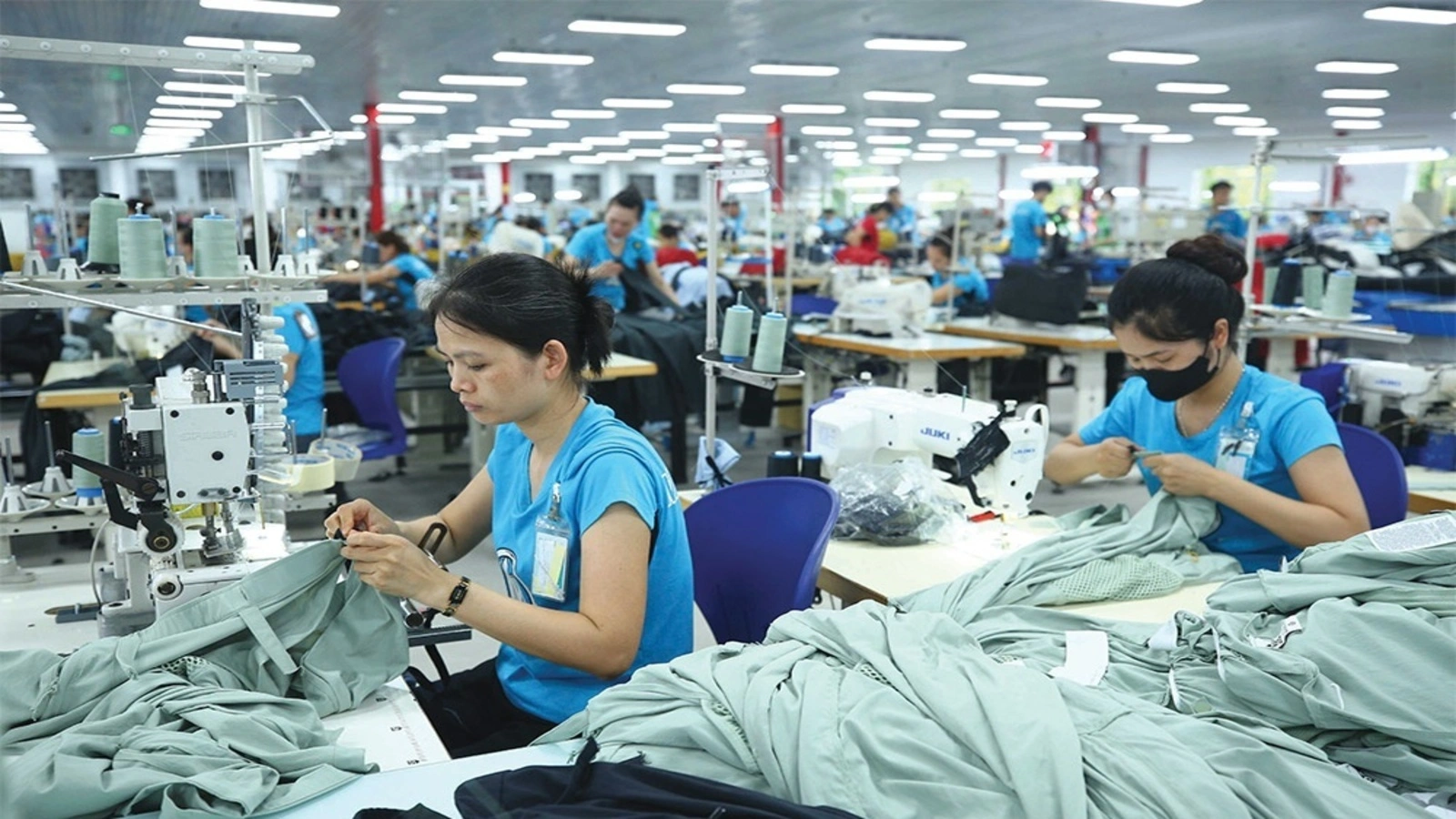
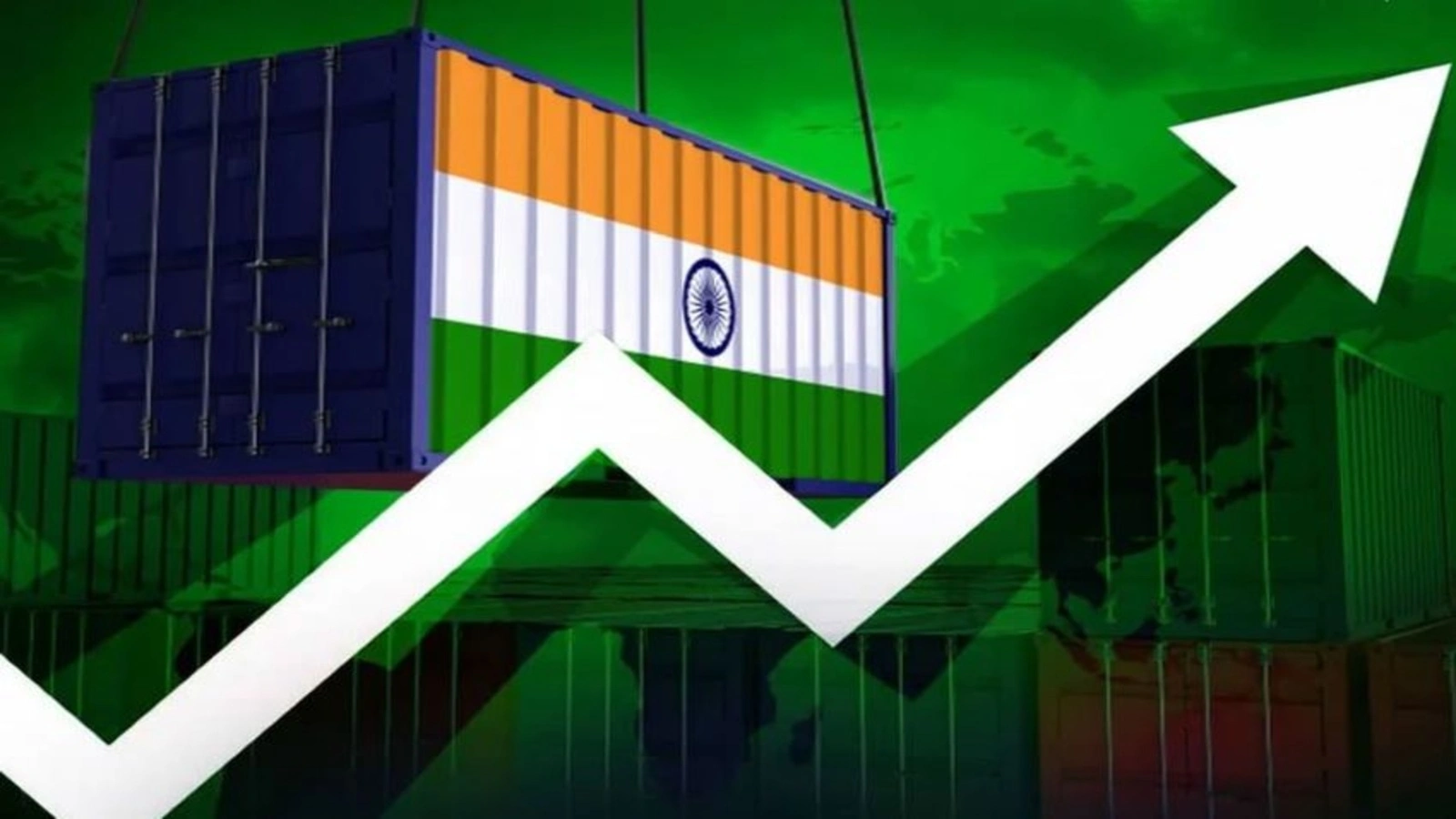


1.webp)




1.webp)



1.webp)
1.webp)
1.webp)


1.webp)
1.webp)

1.webp)

.webp)


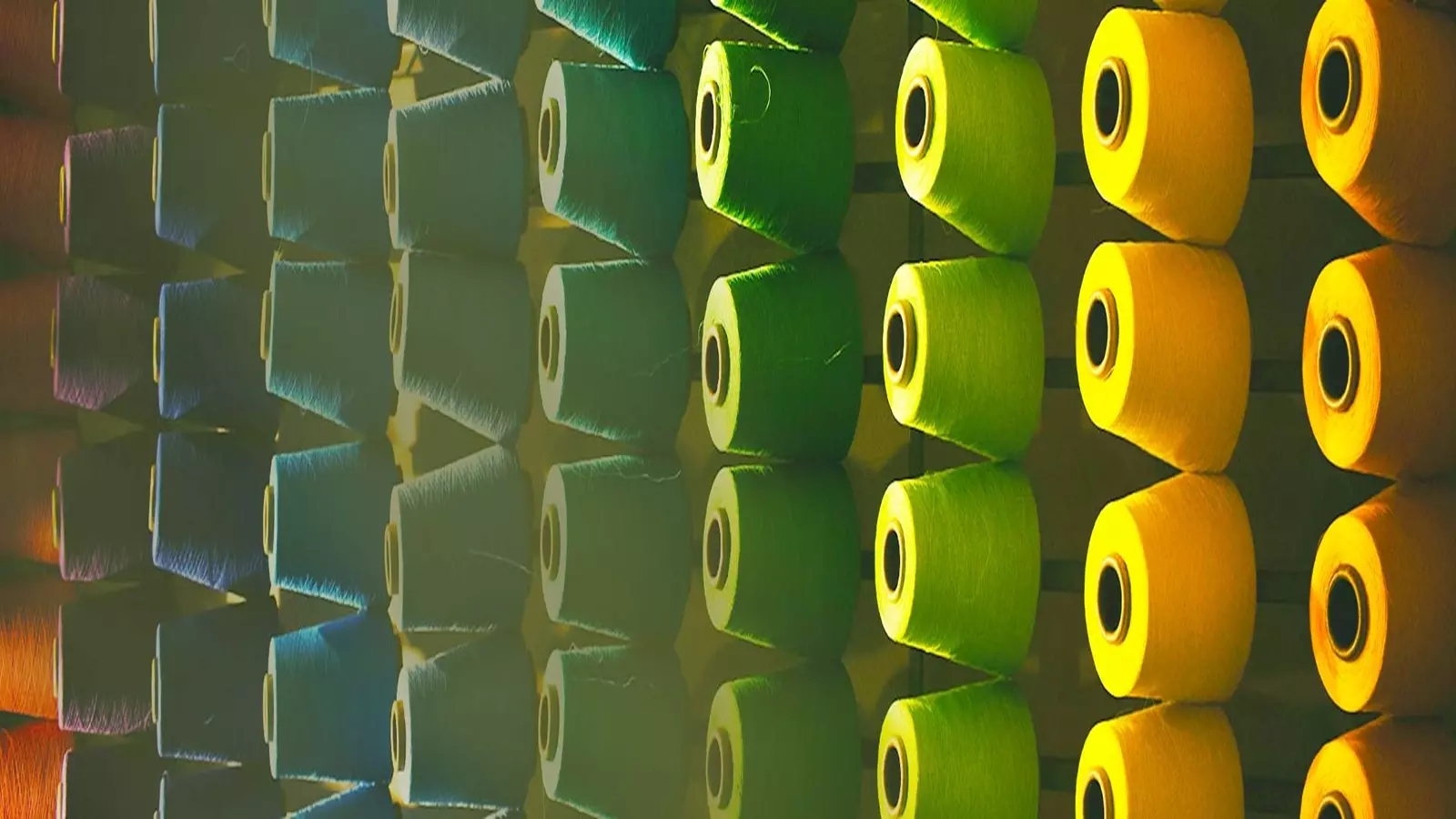
1.webp)



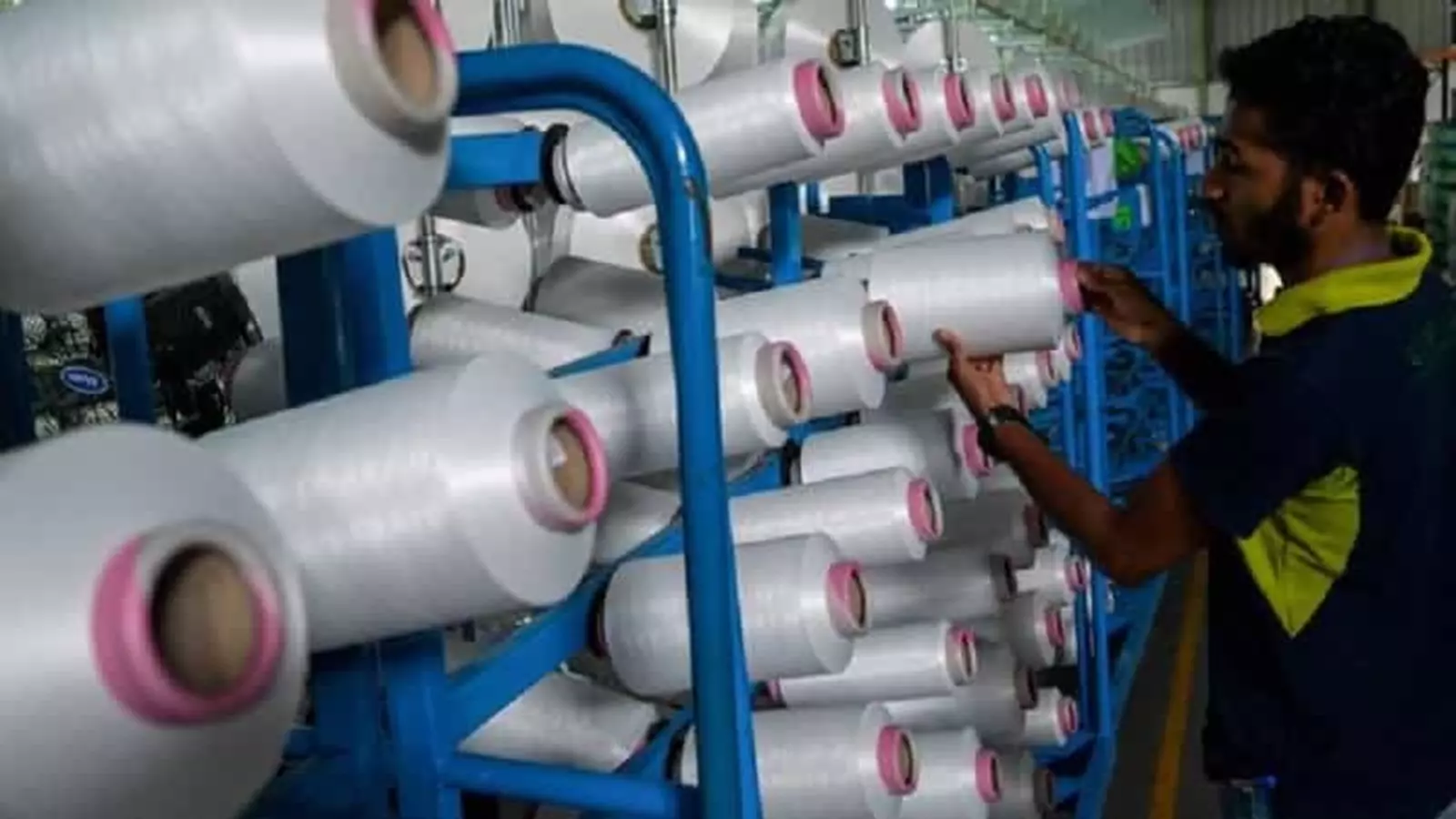

1.webp)

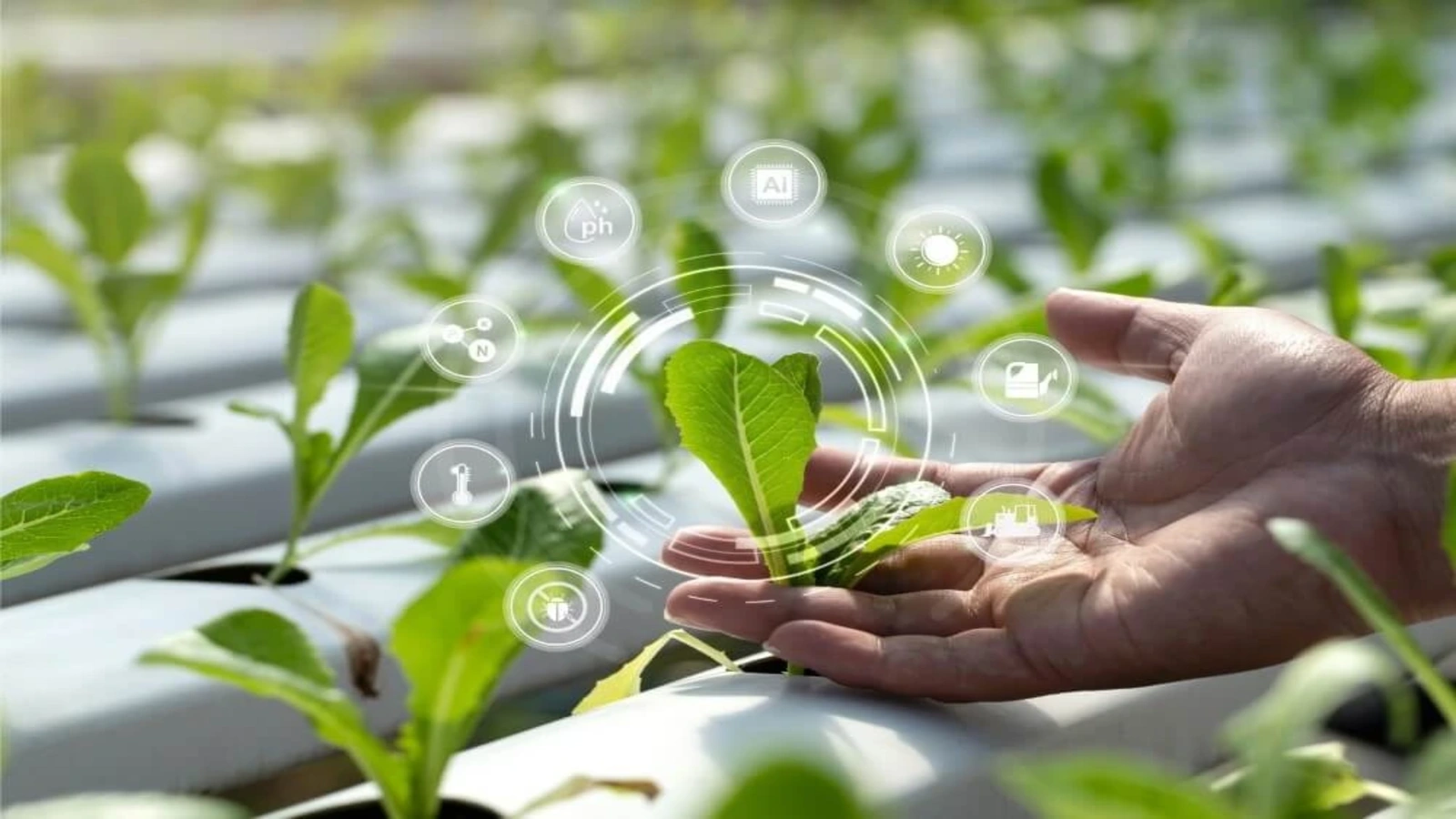






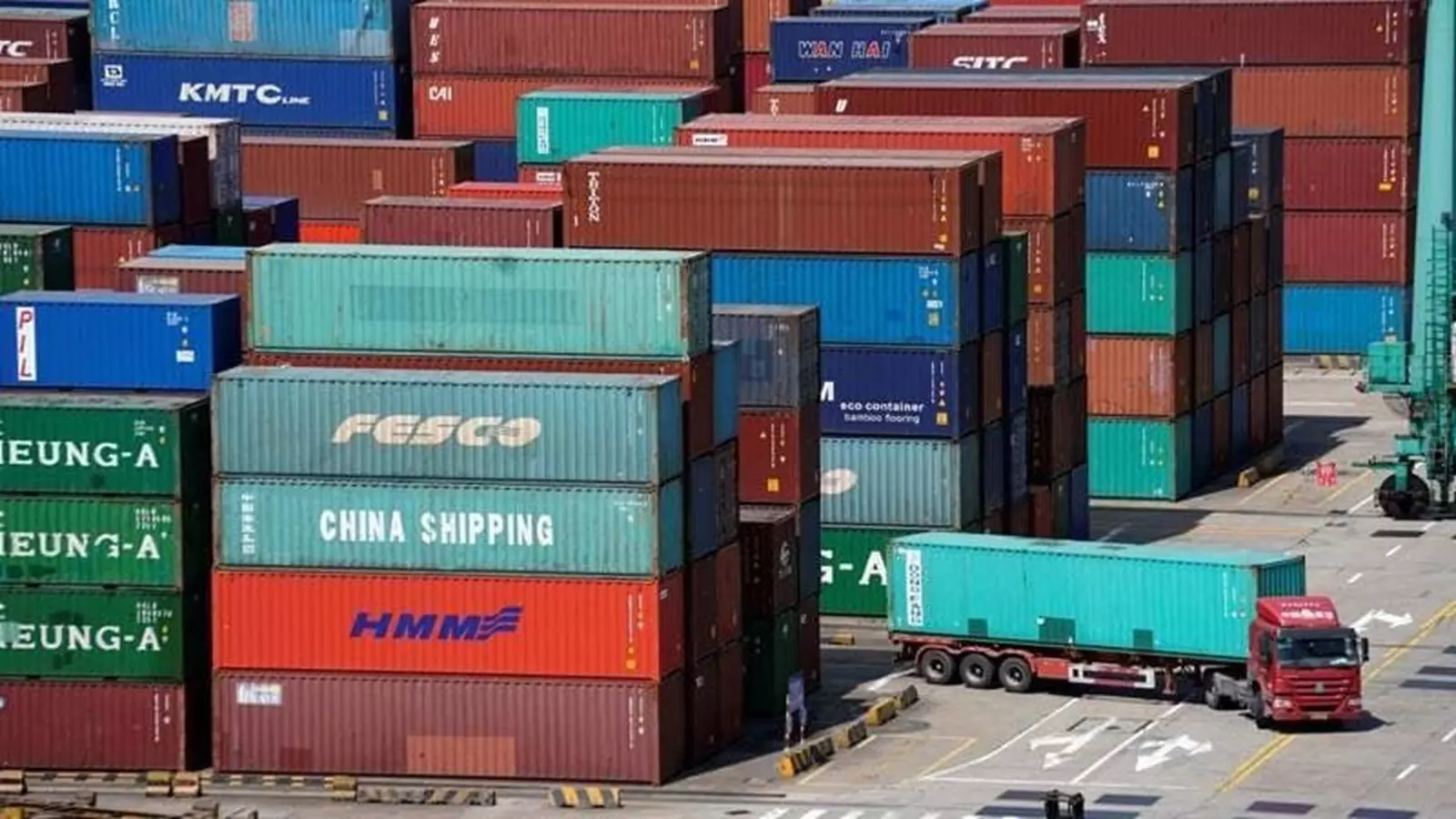
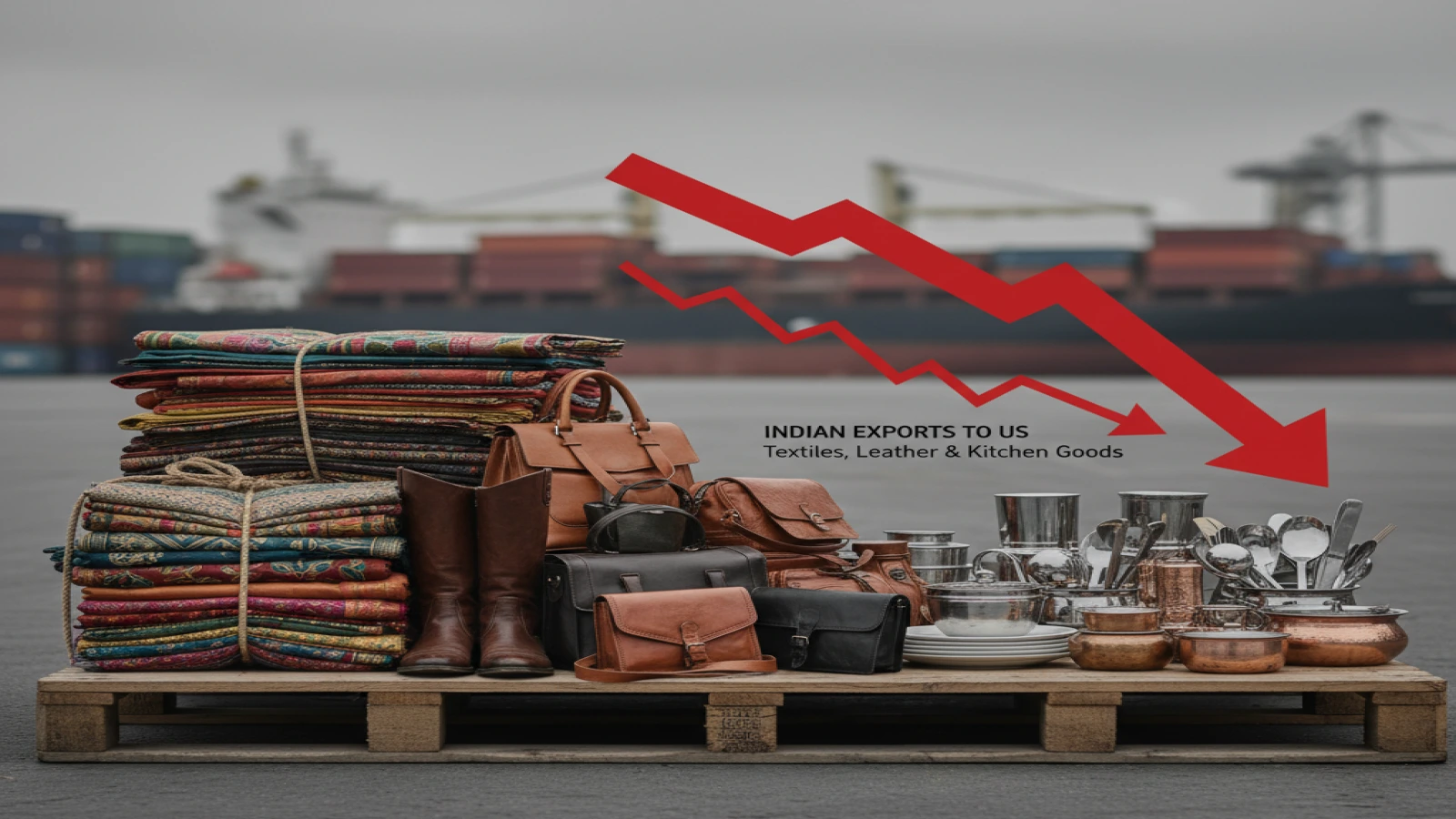
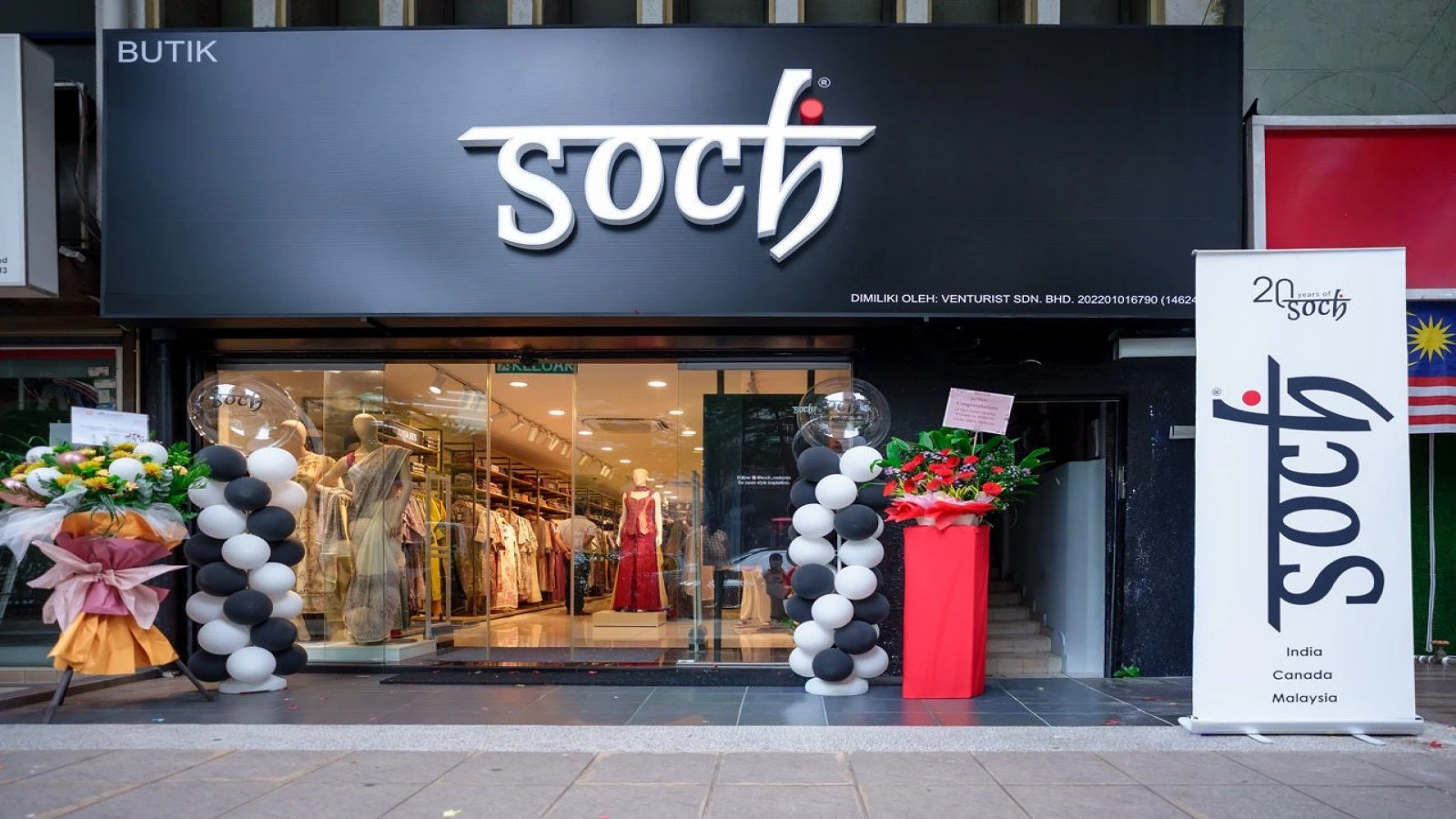
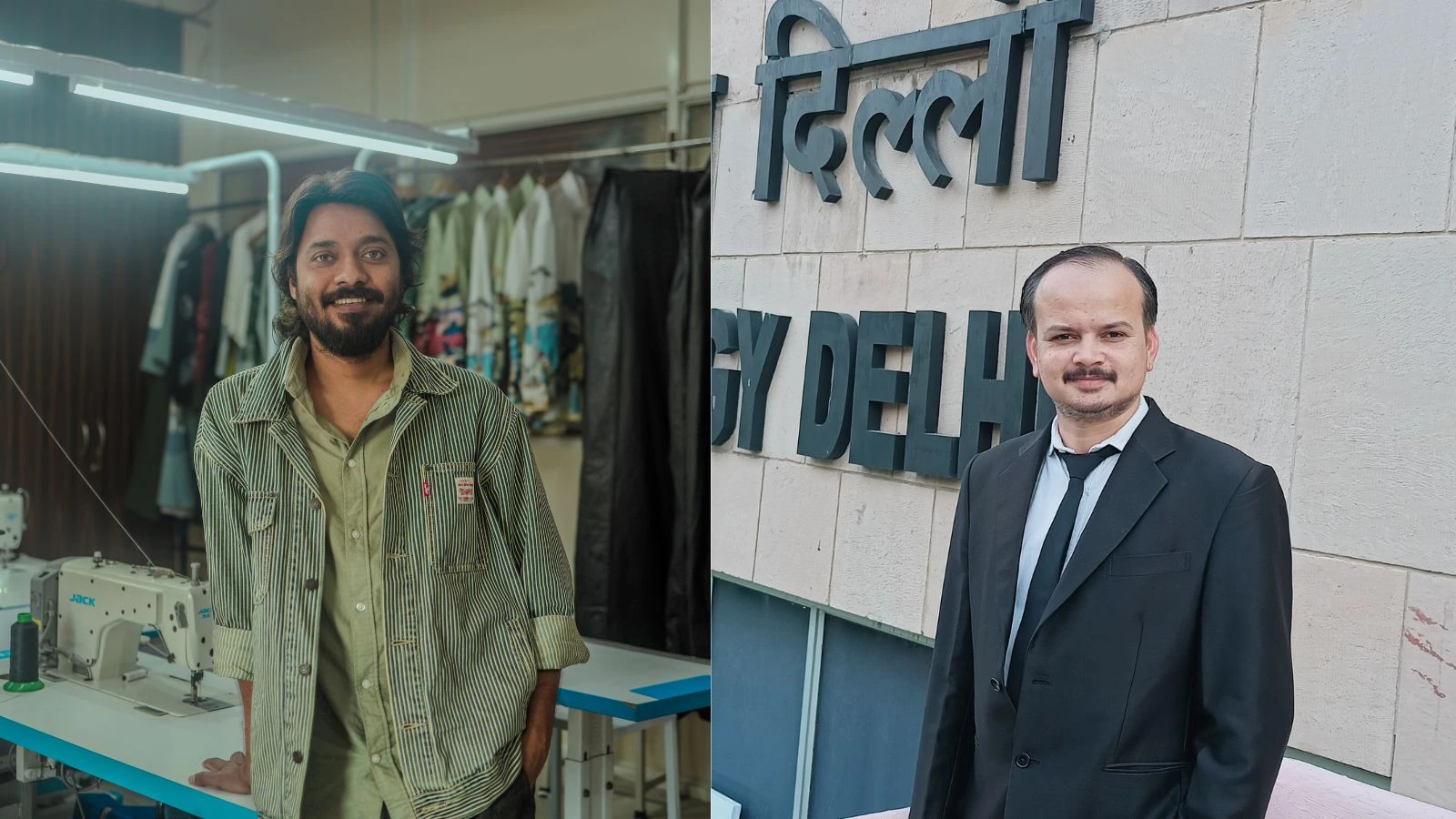

1.webp)
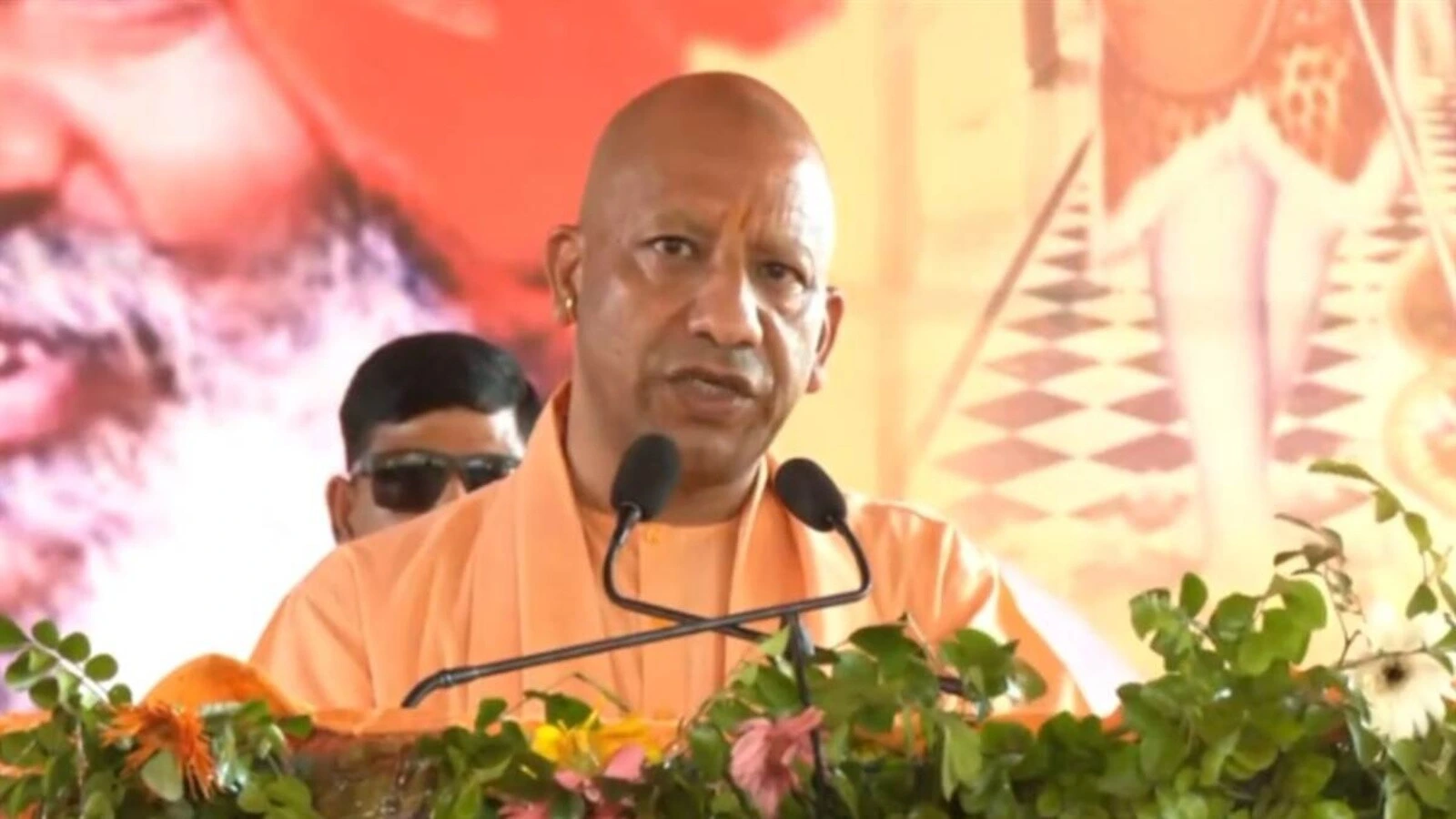


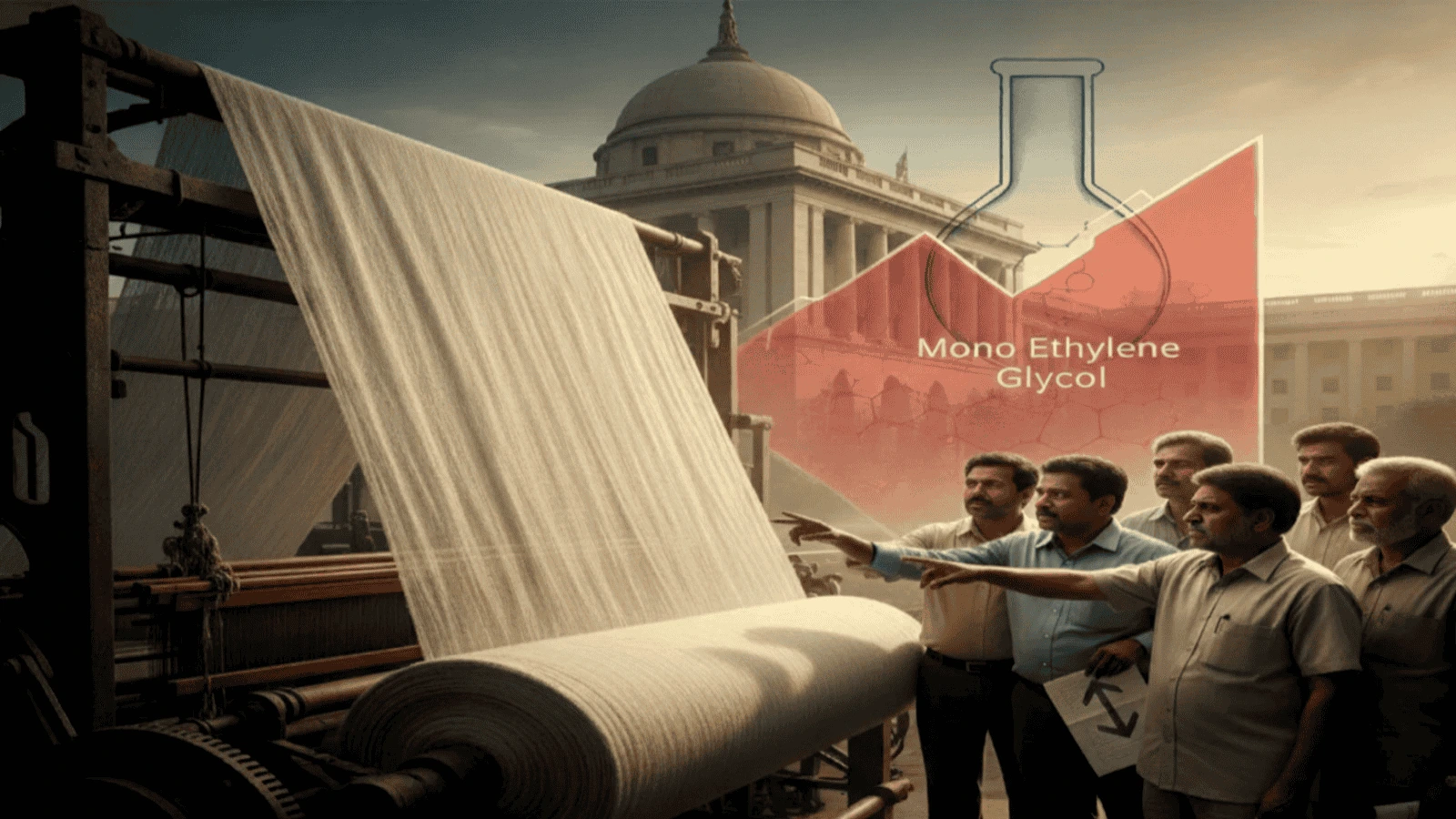



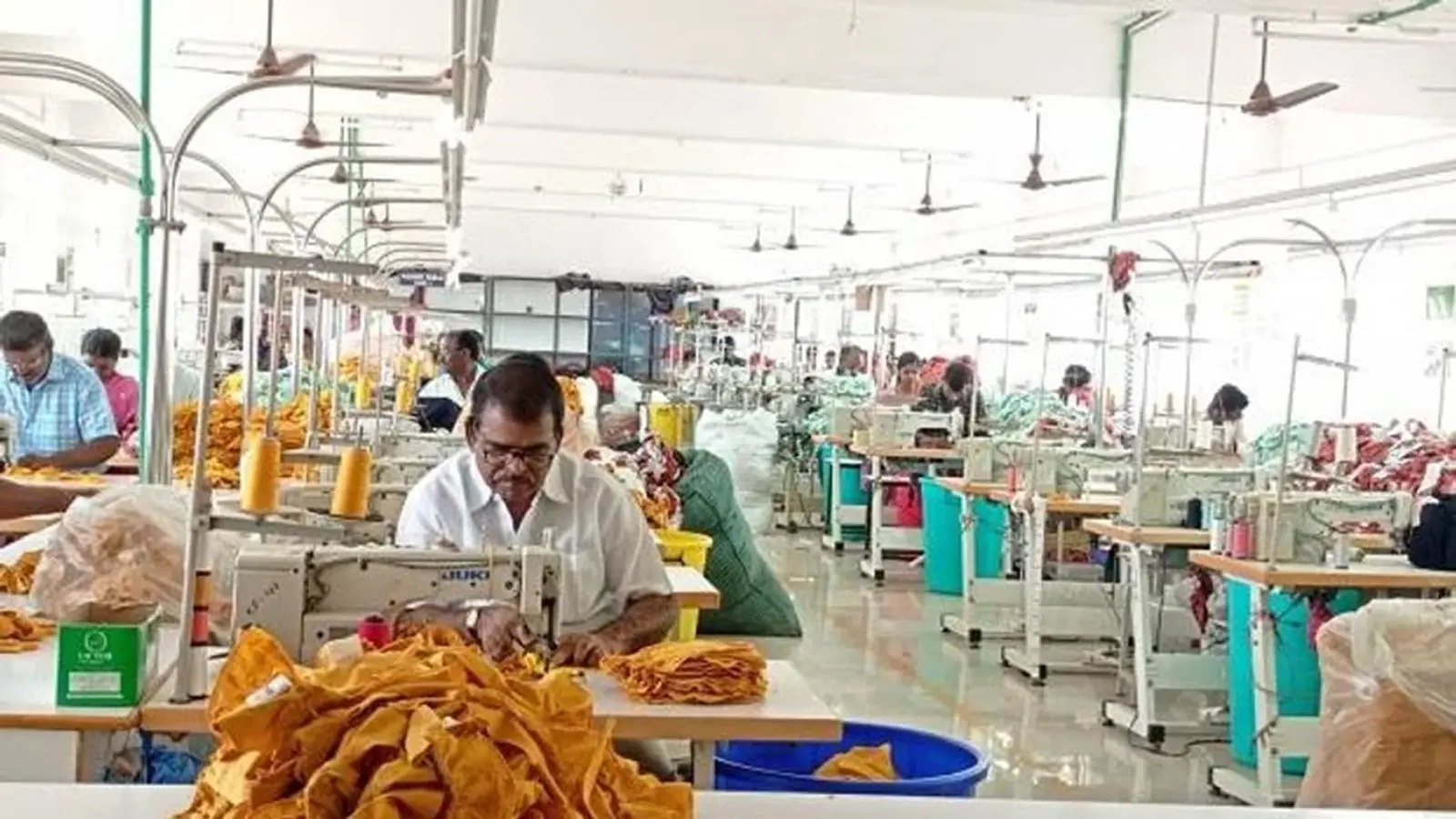
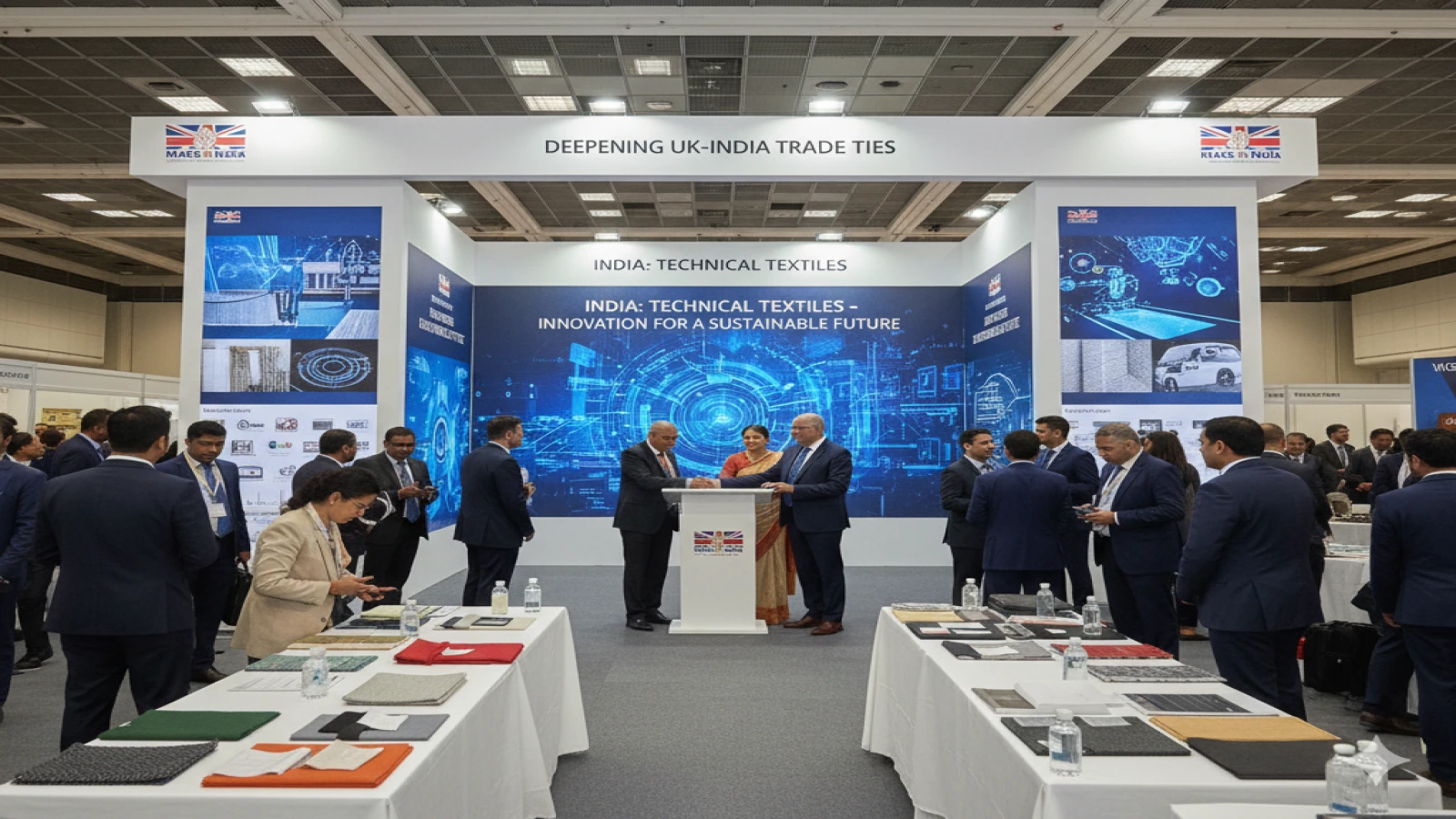


1.webp)

1.webp)



























.webp)






















































.png)





.jpg)















1.jpeg)
